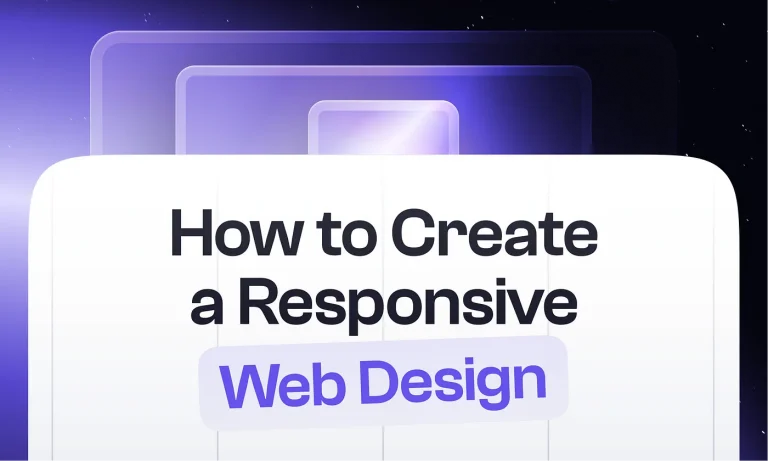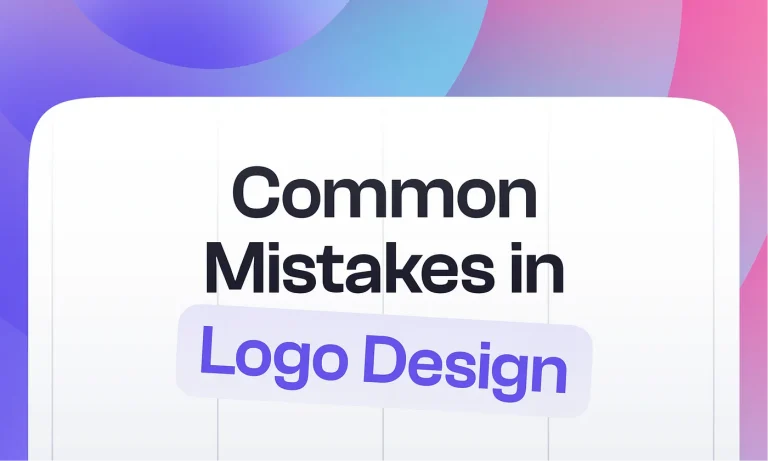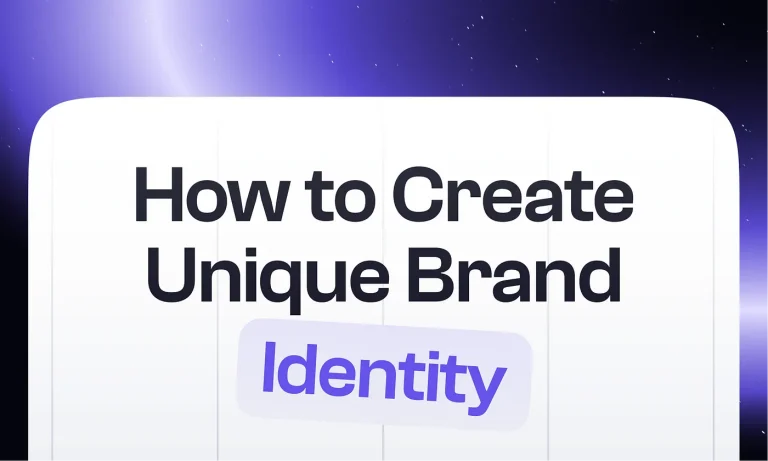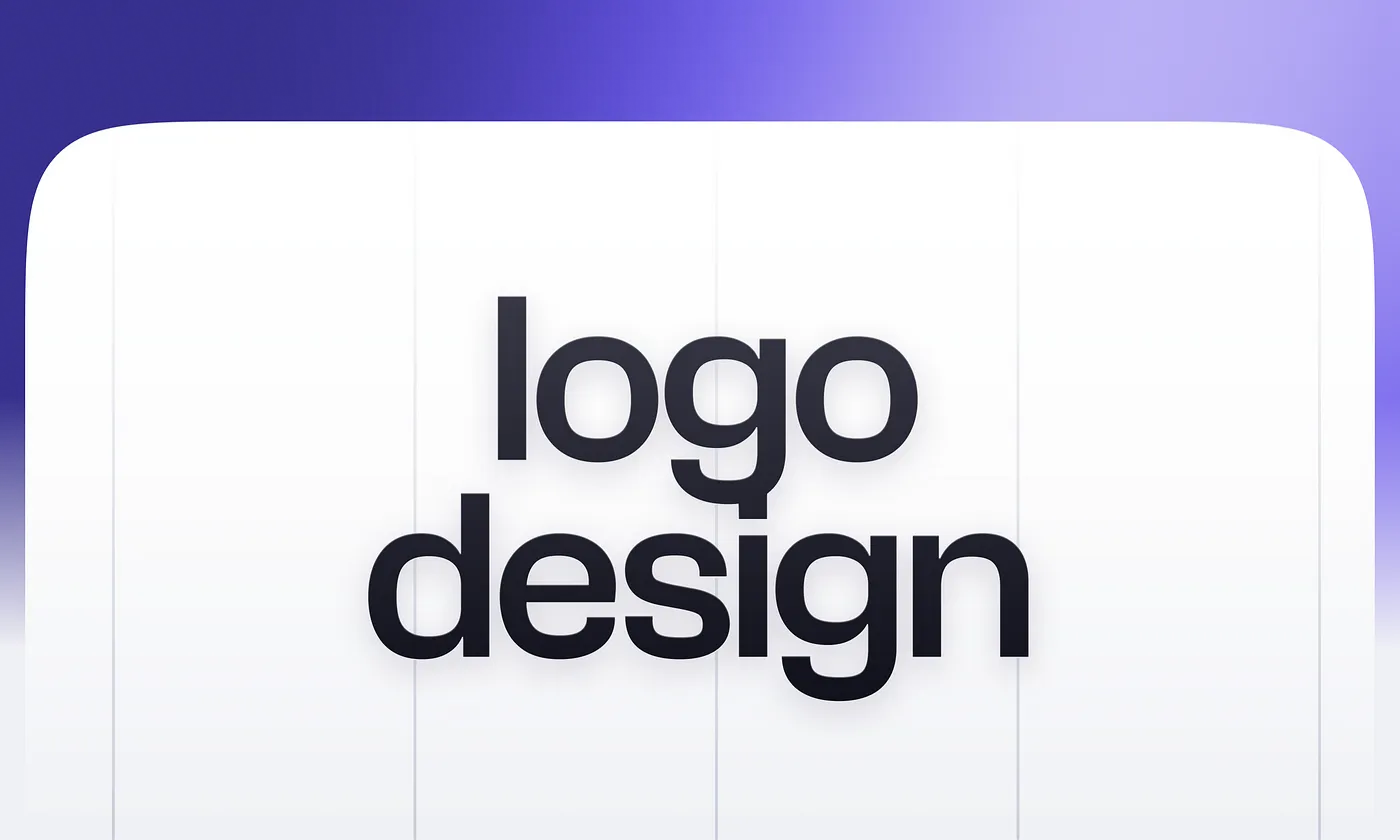The logotype is the face of the company, its main visual component. Therefore, the brand logo should not contain unnecessary elements, ambiguity, or understatement. This ensures the right impression on the audience and creates an idea about the product or services, making the customer remember you and come back.
Our team creates logos, leaving no customer indifferent. In today’s article, we will share how you can improve the logotype-creating process and make it look brilliant, memorable, and attractive.
Moreover, brand identity refers to all visual components, including logos. According to it, consumers distinguish between companies, make purchase decisions, remember, and recommend different brands. Even a local business needs a visual difference.
Why does every brand need a logo?
- According to the visual image, the company is identified by buyers, partners, and the media. Moreover, the logo communicates to the public what the company does.
- Identity increases the effectiveness of marketing. Logos are more effective than words for conveying company values and advantages.
- The logo helps to stand out among competitors and information noise. The cool logo remains recognizable in a crowd of many others.
- The logo is a symbol of quality. Consumers identify brands with visual series that accompany their products or services. It secures the right of ownership, protecting against counterfeiting.

The logo’s purpose is to identify the company in the information noise. To create a cool logo, you need to consider some principles:
1. Simplicity
The logotype shouldn’t be overloaded with details so that users can easily recognize it on any media: on signs, in commercials, on packages and on everything that will be used to spread the identity to the audience. Invite someone to draw a logo from memory. A simple logo is easy to depict (at least schematically), even if a person has seen it only once.
2. Durability
The company’s logo usually remains the same for a long time, but its variants can change every 5–10 years. Before creating, it is useful to draw up brand development prospects: whether the company plans to expand its fields of activity or work in one.
3. Niche compliance, relevance
The logo should tell the audience what the company is doing. The most common method is to use color to achieve this. If you need to stand out, then it makes sense to use some non-standard associations. But in any case, they must somehow overlap with the brand and be appropriate for it.
4. Uniqueness
The logo of a particular brand should be different from competitors. Otherwise, it will be difficult for consumers to identify the company in the market.

Steps to create a cool logo
Before creating a logo by yourself or with the help of specialists, it is worth going through the preparatory stage. It will help develop a logo that reflects the specifics of the brand.
- Analyze the company. Answer the questions: what does the company do, who is the target audience, how does the brand plan to develop, and what qualities and values do you want to convey visually? These considerations will assist you in determining the logo option, color palette, and images.
- View competitors. Study the visual of competitors for differences: does their logo help to stand out, and how it is executed. It’s important not to repeat yourself.
- Compile usage examples. Consider how and where the brand image will be applied. Ideally, the logo should be universal for both small and large-scale identity elements. Therefore, think in advance about which elements of the corporate identity will contain the logo to provide flexibility.
- Get inspired by ideas. See examples of other companies. Study the thematic sites, and highlight the images that you like.
- Create several design options. After analyzing the market, the company and the competitors, you may have several ideas on how to bring the logo to life. It is better to fix each of them — for example, to draw a draft version.
- Determine the shape and colors.
The choice of color palette depends on both the qualities of the company (reflecting the brand’s character) and the coloring of competitors. Additionally, it’s common for logos to incorporate two colors.
After these steps, you can proceed to the final stage and bring the logo to life. Further, you can always entrust this matter to specialists to save yourself the time and nerves of creating your logo. Logo designers will cope with this much more effectively and will be able to transfer all your wishes into the form of a logo for your brand.
Our team designs logos for brands that value a professional approach and high-quality visualization of their desires. Visit our website and make sure that logo you wanted is near.
Psss, more exciting topics are coming soon on this platform. Stay tuned!








